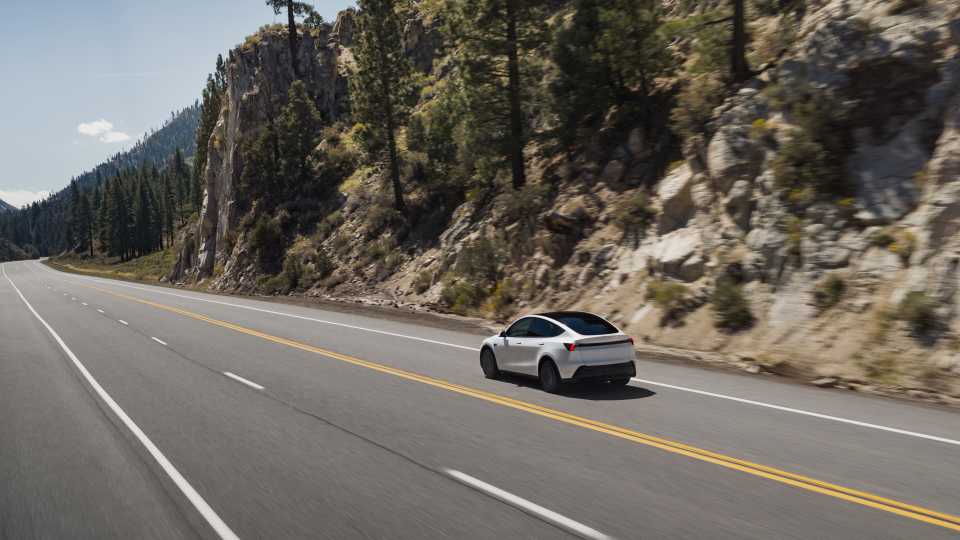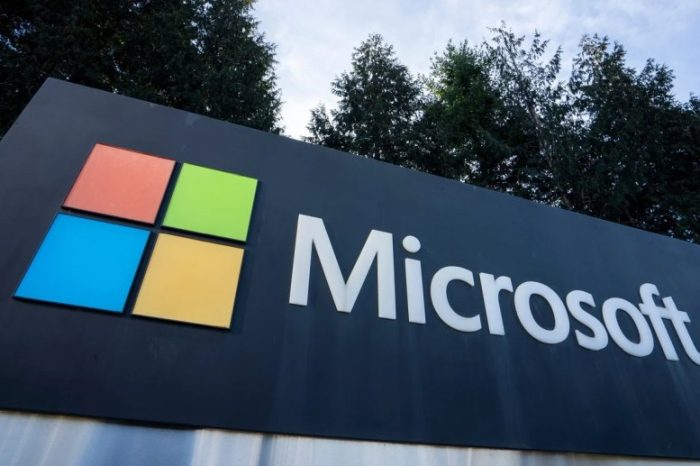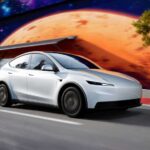Tesla launches entry-level Model 3 and Model Y, starting at $36,990 amid EV market shake-up
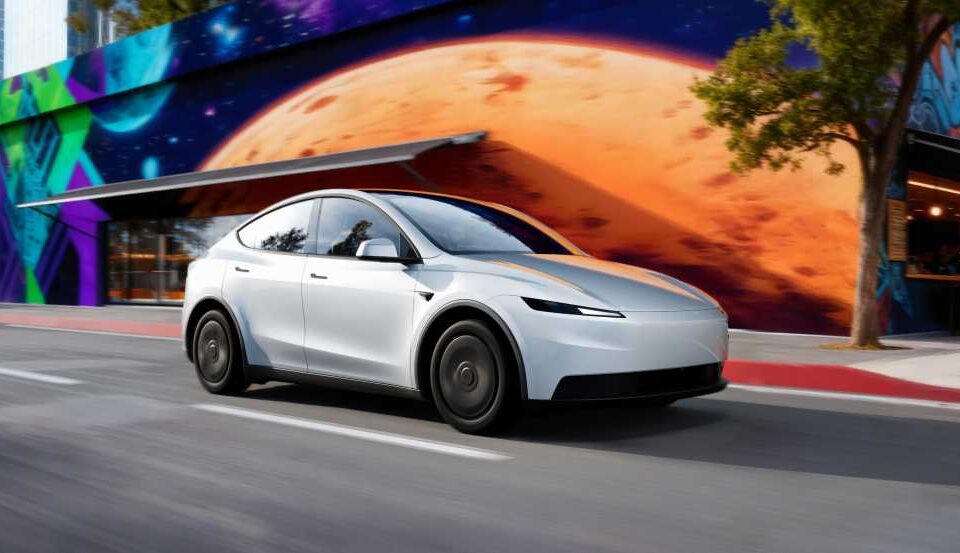
Tesla has taken a swing at the slowing electric vehicle market by introducing cheaper versions of its best-selling Model 3 sedan and Model Y SUV. The move comes just days after the expiration of U.S. federal EV tax credits, signaling a shift in strategy as competition heats up and sales cool down.
The new Model 3 Standard starts at $36,990, while the Model Y Standard is priced from $39,990. Those figures represent a price cut of roughly $5,000 to $5,500 compared to the now-renamed “Premium” trims. Once destination and order fees are factored in, the actual prices land closer to $38,630 for the Model 3 and $41,630 for the Model Y. Orders opened immediately, with deliveries expected to begin in November or December for the Model Y and in December or January for the Model 3, depending on location.
“Meet Model Y Standard & Model 3 Standard – our most affordable vehicles. Ultra-low cost of ownership, engineered for safety & comes with the best Tesla features you love,” Tesla said in a post on X.
Tesla’s Affordable Model 3 and Model Y Standard Trims Start at $36,990
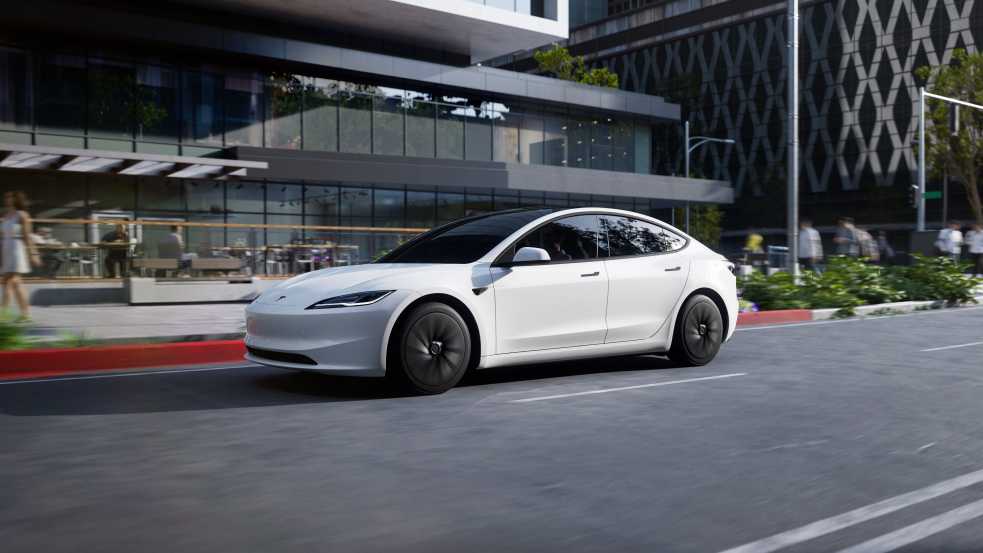
Tesla’s announcement followed a weekend of cryptic teasers. The company shared a short clip featuring a spinning, logo-emblazoned component that ended with the numbers “10/7,” hinting at the reveal date. A second post on X showed the outline of a vehicle’s headlights in the dark. The buzz pushed Tesla’s stock up 5% on Monday, only for it to slide roughly 4% after the actual announcement.
The Model Y Standard skips a panoramic glass roof, light bars, and vegan leather seats, shaving roughly $5,000 off the previous entry price. It runs on a battery capable of an estimated 321 miles on a full charge—slightly lower than the 357 miles offered by the Long Range version with rear-wheel drive. The Model 3 Standard keeps its glass roof but strips out many premium interior touches. Both cars are rear-wheel drive, powered by a single motor and a 69 kWh battery. Acceleration is modest: the Model 3 goes from 0 to 60 mph in 5.8 seconds with 286 horsepower, and the Model Y does it in 6.8 seconds with 300 horsepower. Supercharging speeds top out at 225 kW.
Features and Specifications
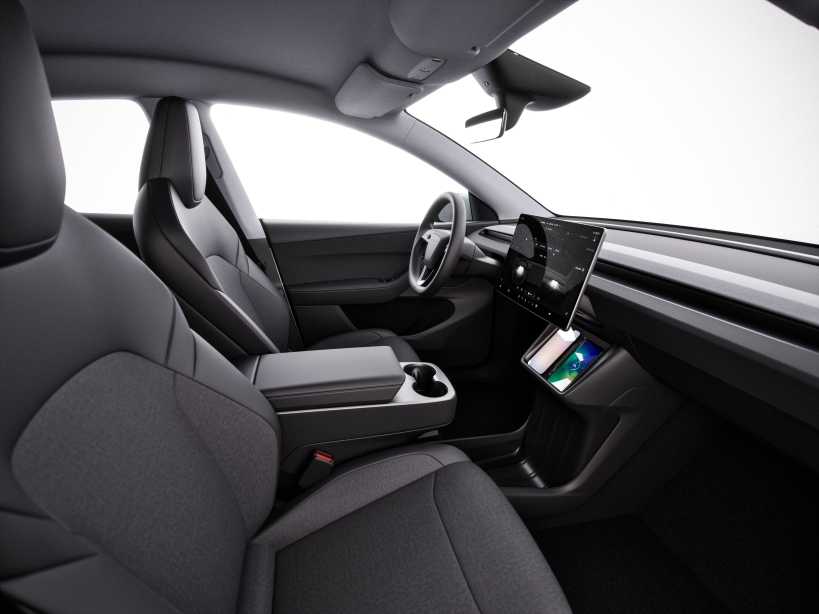
Tesla stripped back some features to bring prices down while keeping the essentials that define the Model 3 and Model Y experience. Here’s a quick look at what the new Standard versions offer:
-
Powertrain: Rear-wheel drive, single motor, 69 kWh battery
-
Range: 321 miles on 18″ wheels (303 miles on 19″)
-
Performance:
-
Model 3: 0–60 mph in 5.8s (286 hp)
-
Model Y: 0–60 mph in 6.8s (300 hp)
-
-
Charging: Up to 225 kW Supercharging speeds
-
Interior:
-
Textile seats (vegan leather optional on Model 3)
-
Heated front seats and a heated steering wheel
-
15.4″ center touchscreen with Tesla Theater, Arcade, and streaming apps
-
Simplified center console and reduced audio system (7 speakers)
-
-
Exterior & Tech:
-
Model Y: covered glass roof for cost savings
-
Model 3: retains glass roof
-
Manual steering wheel adjustment, manual side mirrors, no light bars
-
-
Safety & Autopilot:
-
Basic safety features included
-
Autosteer is excluded by default; Full Self-Driving (Supervised) is available at extra cost
-
-
Connectivity & Extras:
-
Sentry Mode, Dog Mode, Camp Mode, Trip Planner
-
Tesla app integration (Phone Key, preconditioning, live camera view)
-
Access to 70,000+ Superchargers globally
-
To reach these price points, Tesla made trade-offs. Interior upgrades like ambient lighting, heated rear seats, ventilated front seats, and a premium audio system are gone. Exterior and tech downgrades include manual steering wheel adjustment, limited color options, and the removal of the eight-inch rear touchscreen. Autosteer, the lane-centering feature, isn’t included by default but can be added through the Full Self-Driving (Supervised) package, which was updated the same day.
These lower-priced models arrive at a tense moment for Tesla. The company’s U.S. customers just lost access to a $7,500 federal tax credit, which previously made the base Model 3 and Model Y effectively $2,000 to $2,500 cheaper than today’s new prices. Tesla is also facing mounting competition, especially from Chinese automaker BYD, and a growing list of lower-cost rivals like Hyundai’s Ioniq 5, Chevrolet’s Equinox EV, and Nissan’s Leaf. Internally, Tesla has been working on an even more affordable model, previously rumored to target a $30,000 price point, but that project has yet to materialize.
Reasons Behind the Launch

Beyond pricing pressure, Tesla is contending with an aging lineup, investor impatience over long-promised vehicles like the next-generation Roadster, and a broader consumer backlash against CEO Elon Musk’s political endorsements and rhetoric. These factors have weighed on sales, which have been sliding for several quarters. The company hasn’t released a new vehicle since the Cybertruck began shipping in late 2023—a launch marked more by spectacle than sustained demand.
Musk has been trying to redirect investor focus to Tesla’s future in self-driving and robotics. Last year, Tesla hosted its “We, Robot” event in Hollywood, showcasing a Cybercab concept with no steering wheel or pedals and promising a $30,000 price tag. That vehicle isn’t in production yet. Musk has also spent years promising that existing Teslas would become robotaxis through software updates, a goal that remains elusive. Competitors like Alphabet’s Waymo and Baidu’s Apollo Go are already operating commercial robotaxi services without human safety drivers, something Tesla hasn’t achieved. Meanwhile, other robotics companies such as Agility and Unitree are already selling humanoid robots, while Tesla’s Optimus remains a future promise.
After a brutal first quarter that saw Tesla lose more than a third of its market value, the stock rebounded in the third quarter, gaining about 40%. It’s now up 12% for the year, helped by Musk’s own $1 billion stock purchase in September. But the muted investor reaction to this week’s announcement suggests Wall Street sees the new trims as a tactical move, not a transformational one.
Mixed Market and Public Responses
Public response has been mixed. Some buyers see the lower price point as a welcome step toward broader EV adoption, while critics argue that the cuts are too shallow to make a meaningful dent in demand. Analysts like Wedbush’s Dan Ives called the price reduction “insufficient” and warned that it could cannibalize higher-margin models without driving a significant volume boost. Others point to the growing appeal of used Teslas and cheaper competitors, which could further limit the impact of these new variants.
Tesla’s bet is clear: make its most popular cars slightly cheaper, trim some features, and hope that’s enough to keep buyers interested as incentives disappear and competition intensifies. Whether that’s a stopgap or the start of a bigger shift will play out over the coming quarters.
